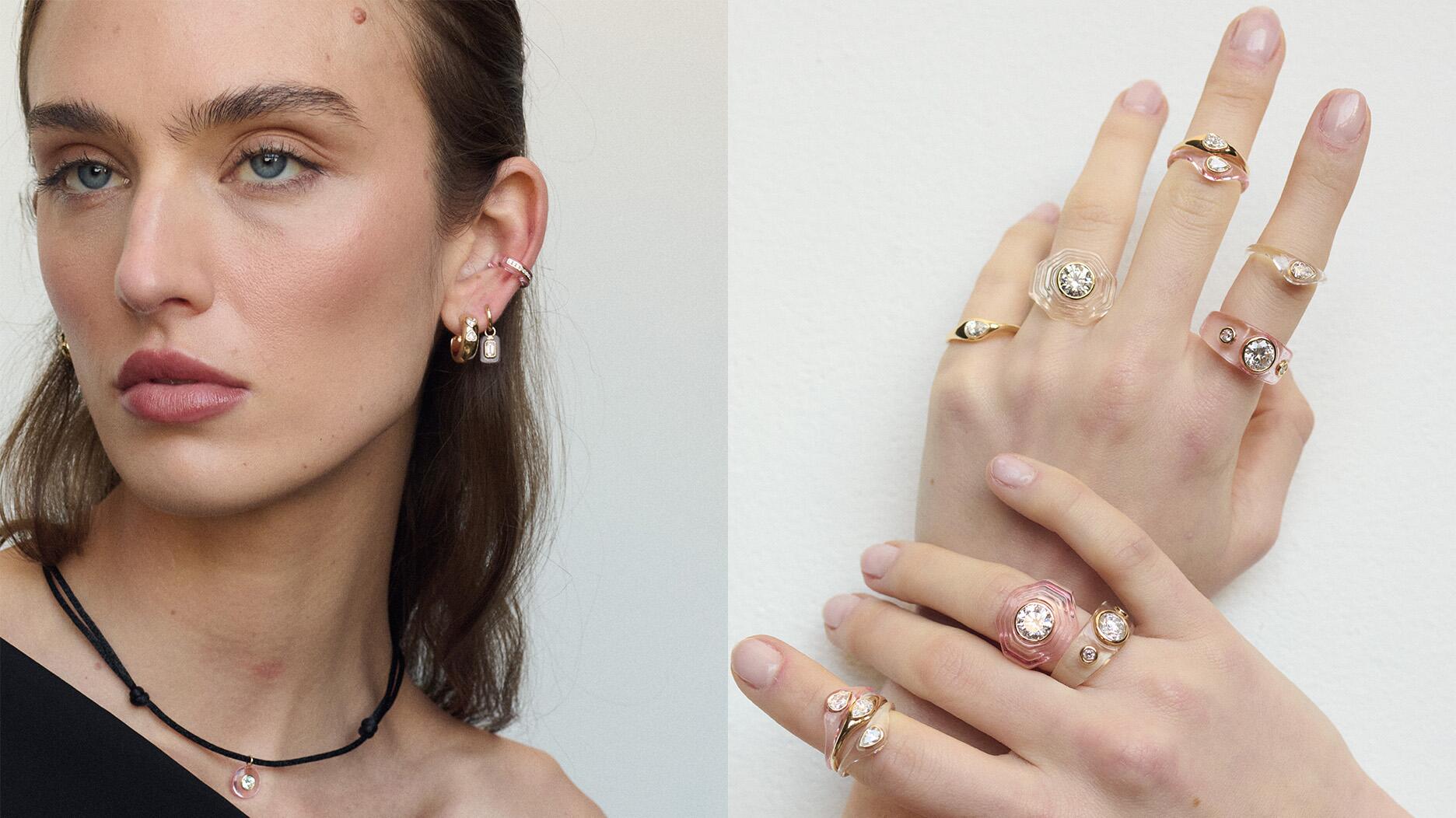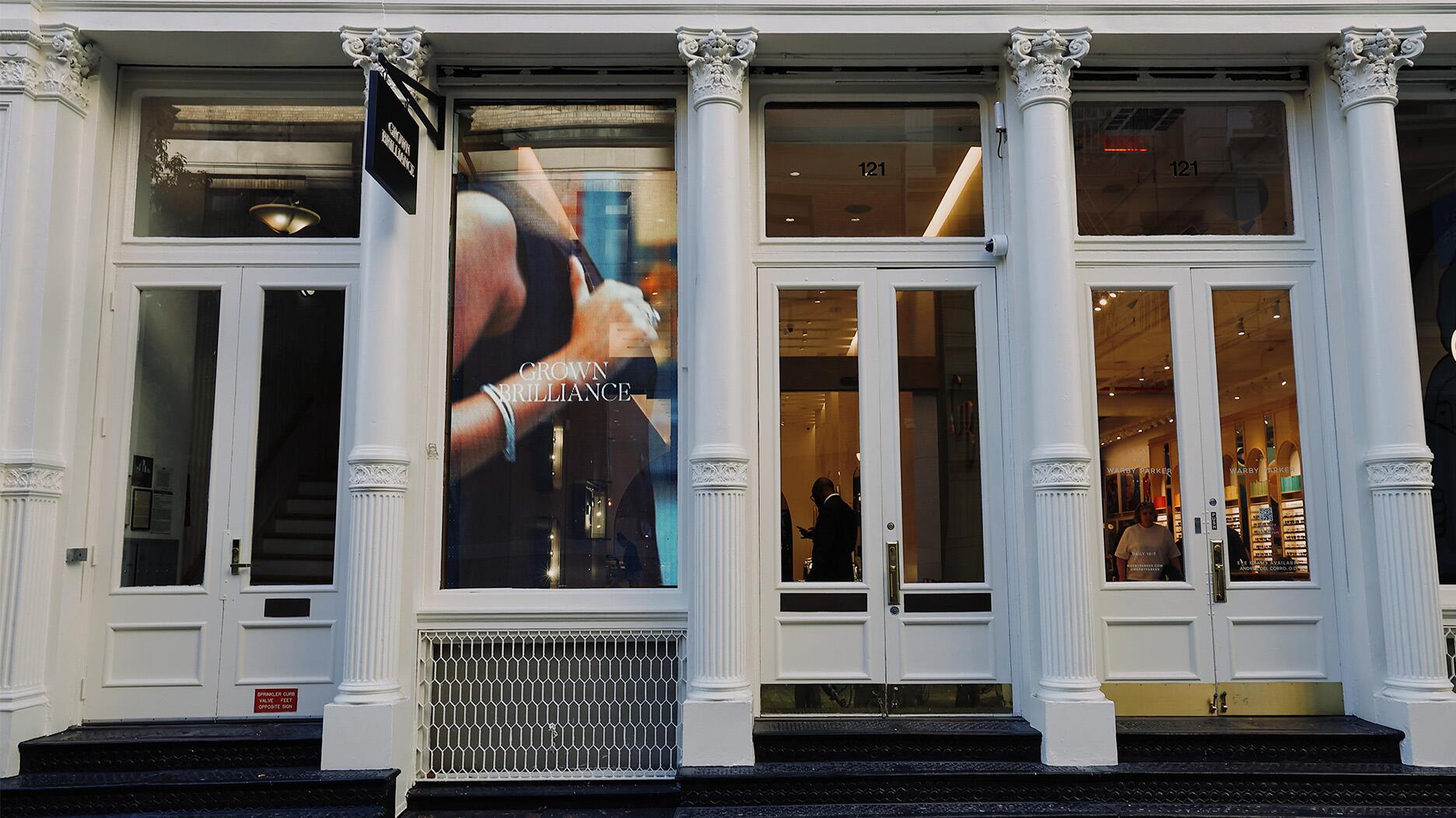GIA Is Changing Its Lab-Grown Diamond Grading Reports Again
Starting in Q4, the lab will use the same color and clarity terms as it does for natural diamonds.

The lab made the announcement Wednesday, citing the “growing acceptance in the trade and by consumers of laboratory-grown diamonds as a distinct category” as the reason for altering a practice it has used since it first began grading man-made diamonds in 2007.
The change will apply to grading reports for both colorless/near-colorless and colored lab-grown diamonds.
Reports for both will still have a statement that the graded stone may have been treated post-growth to change its color, and all lab-grown diamonds the GIA grades will be inscribed with the report number and the words “laboratory-grown.”
The reports will be digital only and replace the lab’s current Laboratory-Grown Diamond Report.
GIA updated the report just last year, dropping the word “synthetic” but still opting not to use the same terms as it does for natural diamonds.
“Natural and laboratory-grown diamonds co-exist today, accepted by both consumers and the trade. We believe the growth of laboratory-grown diamonds will expand the overall diamond market and bring in new customers,” President and CEO Susan Jacques said in a press release announcing the change.
“Ensuring consumers’ trust with GIA’s reliable, independent and authoritative grading reports for all diamonds benefits the public and the entire gem and jewelry industry.”
It will include the GIA Laboratory-Grown Diamond Grading Report (4Cs assessment, a plotted clarity diagram and a proportions diagram) for stones that are 0.15 carats and up, and the lower-priced Laboratory-Grown Diamond Dossier (4Cs assessment and a proportions diagram only) for smaller diamonds, 0.15 to 1.99 carats.
The reports will cost the same as those GIA issues for natural diamonds but will have a unique design and format to differentiate them.
The Latest

The sale of the 31.68-carat, sunset-hued stone was part of Sotheby’s first series of events and auctions in Abu Dhabi.

Most customers who walk into your store this month have made up their minds. Your job is to validate their choice, Emmanuel Raheb writes.

The collection features characters and motifs from Ukrainian folklore, including an enchanted mirror and a magic egg.

How Jewelers of America’s 20 Under 40 are leading to ensure a brighter future for the jewelry industry.

MatrixGold 3.11, the newest version of the jewelry design program, offers more flexibility, precision, and creative control.


The pavilion will be part of the 2026 JA New York Spring show, scheduled for March 15 to 17.

Kadet, a 1994 National Jeweler Retailer Hall of Fame inductee, helped grow the family-owned retailer in the Chicago area and beyond.

Roseco’s 704-page catalog showcases new lab-grown diamonds, findings, tools & more—available in print or interactive digital editions.

Billed as the world’s smallest wearable, Lumia Health’s new smart earrings have a health tracker subtly embedded in the back.

Don’t let those with December birthdays feel blue. Help them celebrate their month with blue zircon, turquoise, and tanzanite.

The new pink sapphire version of the piece dances with its wearer in the brand’s “Icons After Dark” holiday campaign.

A choice that’s generated a lot of commentary, Pantone says “Cloud Dancer” marks a fresh start and encourages relaxation and creativity.

The manufacturer’s holiday campaign features a gift guide filled with trending designs and jewelry that can be personalized.

The man was charged with theft, accused of ingesting the necklace while in a jewelry store in Auckland, New Zealand.

The Florida independent expanded its store from 8,000 to 14,000 square feet, fulfilling the vision of its late co-founder, Jim Dunn.
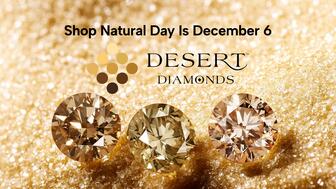
Sponsored by De Beers Group
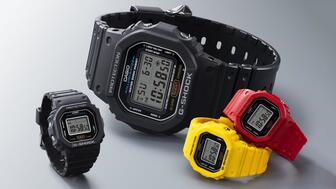
The classic 5600 series G-Shock has been scaled down to about a tenth of its size, becoming a fully functioning watch ring.
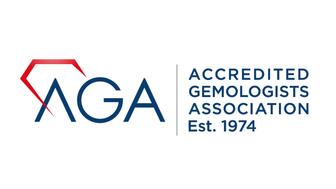
The association’s annual conference and gala will take place Feb. 4, 2026, during the Tucson gem shows.

The January show will include a workshop for jewelry retailers on implementing AI to strengthen their businesses.
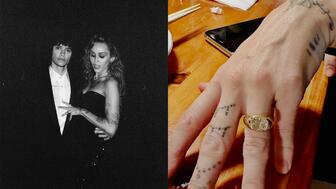
Fellow musician Maxx Morando proposed to the star with a chunky, cushion-cut diamond ring designed by Jacquie Aiche.

The retailer, which sells billions in fine jewelry and watches, is suing the Trump administration and U.S. Customs and Border Patrol.

Black Friday is still the most popular shopping day over the five-day holiday weekend, as per the National Retail Federation’s survey.
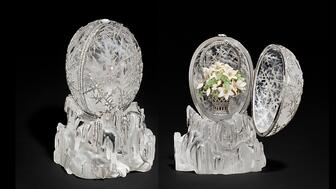
The historic egg, crafted for Russia's ruling family prior to the revolution, was the star of Christie’s recent auction of works by Fabergé.
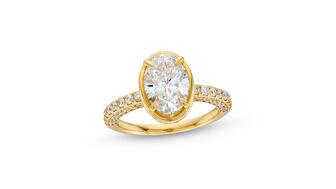
The retailer offered more fashion jewelry priced under $1,000, including lab-grown diamond and men’s jewelry.
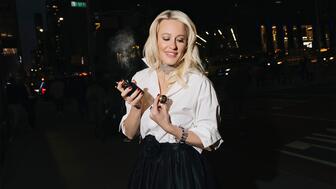
The eau de parfum is held in a fluted glass bottle that mirrors the decor of the brand’s atelier, and its cap is a nod to its “Sloan” ring.

Vivek Gadodia and Juan Kemp, who’ve been serving as interim co-CEOs since February, will continue to lead the diamond mining company.

In addition, a slate of new officers and trustees were appointed to the board.











